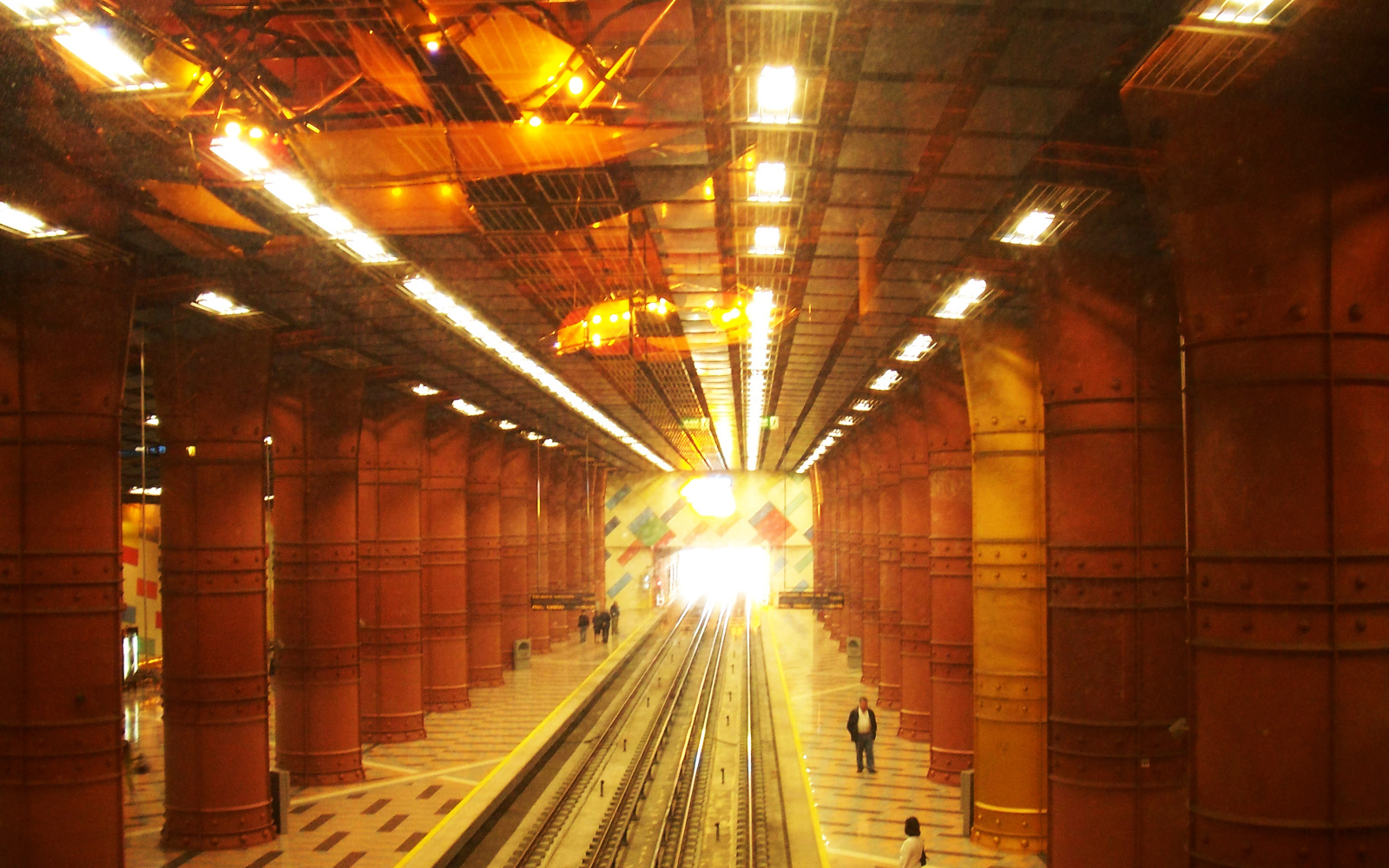Ulrich Meurer
The Politics of Paleolithic Realism
Cinema’s encounters with paleolithic cave paintings always seem to posit the equiprimordiality of human ›reality‹ and imaging techniques: »art would give us our proper birthdate«, notes Blanchot (even though he uses a wary subjunctive). This idea is adopted by pre-cinematic notions of the dark room of Lascaux not only as a precursor of the movement image (G. Noxon), motion blur (E. Wachtel), or embodied visuality of 3D-cinema (L. Koepnick), but also as nucleus of the entire human reality or »ontology of humanity« (B. Dicker/N. Lee).
On the one hand, such essentialism is undermined by the specific ›scenes‹ of cave and cinema: the cavern, torch, hand on the limestone wall; the explorer’s cold-light panel, camera, heartbeat; the synaesthetic space of cinema, the haptic quality of the screen – these elements form ever changing assemblages of spaces, bodies, actions, images. They produce characteristic anthropo-medial relations, unmistakable differences and historical shifts. On the other hand, the careful distinction between paleolithic and contemporary medial realities often seems as nostalgic as positing an ahistorical, phantasmatic essence of man, world and image. Time and again, it calls for an alternative cinema that progresses (or rather returns) to the »poetic, ecstatic truth« (R. Zill) of the cave painting.
The question arises whether this link between prehistoric art and a potential increase of filmic ›reality‹ might perhaps originate from a certain discontent regarding the representational logic of the apparatus. Since cinema is a product of the visual regime and »instrumental rationality« of high capitalism (Castoriadis), the desire for another image and poeticized perception would then become a decidedly political critique of the analytical ratio and visual economy of the present. It would not only ask for a realer image, but for a new reality ...
Dr. Ulrich Meurer is a professor of Film and Media Studies at the University of Vienna. He published several volumes on media and film philosophy, archaeology and history of audio-visual media, political aspects of the moving image, US-American film cultures, Pré-cinéma and intermediality.
